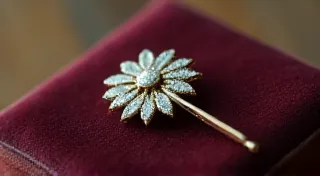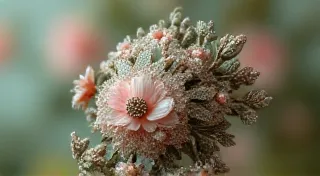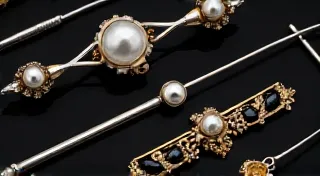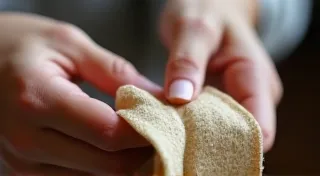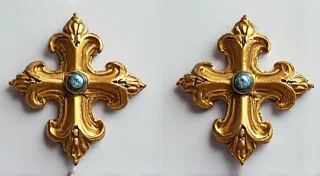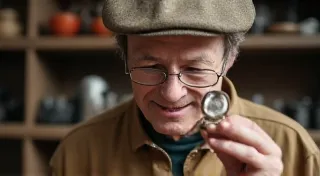Finding Antique Hat Pins at Estate Sales and Auctions
Antique hat pins, those charming and intricate accessories from a bygone era, are becoming increasingly popular among collectors. Finding them can feel like a treasure hunt, but with the right approach, you can significantly increase your chances of uncovering beautiful and valuable pieces. This guide focuses on strategies for finding antique hat pins at estate sales, auctions, and antique shops. Understanding the history of these accessories, from their original purpose to their place as a fashion statement, can also enhance your appreciation and knowledge – explore The History of Hat Pins: From Necessity to Fashion Statement for a deeper dive.
Estate Sales: A Haven for Hidden Gems
Estate sales are often the best starting point for any antique collector, and hat pins are no exception. Here's what to look for:
- Arrive Early: While many sales are relaxed, the best items tend to go quickly. Arriving within the first few hours maximizes your selection.
- Don’t Overlook the Junk: Hat pins often get mixed in with other small trinkets and jewelry. Don't dismiss boxes and drawers labeled "miscellaneous" or "old things."
- Check Fabric and Clothing Lots: Hat pins were frequently sold alongside hats and clothing. Inspect these areas carefully, even if they appear unremarkable.
- Ask Questions: If you're unsure about an item’s value or origin, politely inquire with the estate sale workers. They may have more information.
- Inspect Closely: Antique hat pins can be delicate. Look for damage like broken stems, missing embellishments, or loose parts.
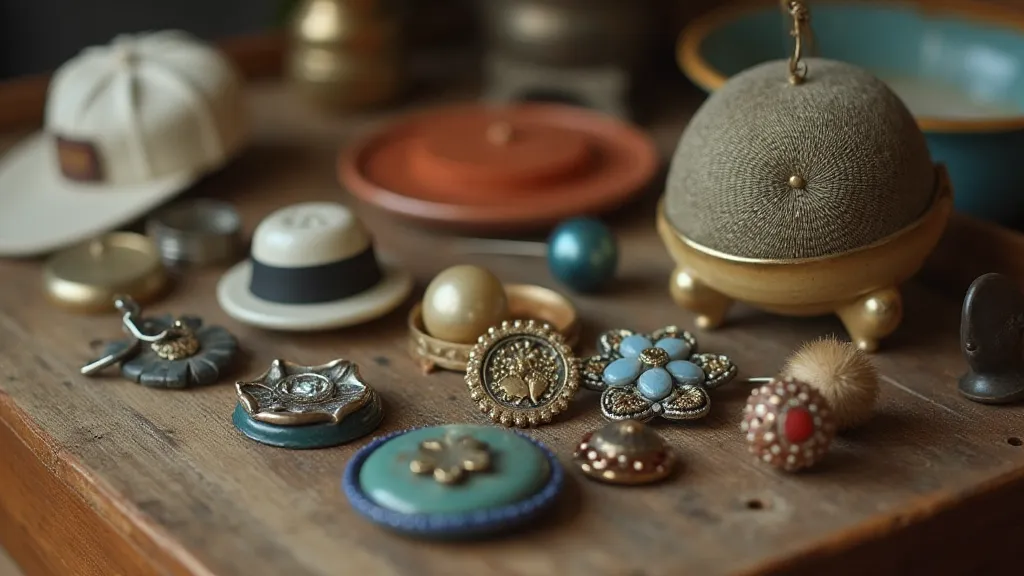
Auctions: Competitive but Rewarding
Auctions can be more challenging than estate sales due to the competitive bidding environment, but they also offer the potential to find truly exceptional pieces. Here's how to navigate them:
- Research the Auctioneer: Look for auction houses that specialize in antiques, collectibles, or jewelry. They’re more likely to have hat pins.
- Review the Catalog: Most auction houses publish catalogs in advance. Carefully review them to identify lots that may contain hat pins.
- Attend Previews: Many auction houses offer previews before the auction. This allows you to examine the items in person and assess their condition.
- Set a Budget: It’s easy to get carried away in the excitement of bidding. Determine a maximum price you’re willing to pay and stick to it.
- Be Aware of Buyer's Premium: Remember that auction houses charge a buyer’s premium, which is added to the hammer price. Factor this into your bidding strategy.
Antique Shops: Convenience and Expertise
Antique shops offer the convenience of a curated selection and the potential for expert advice. However, prices are generally higher than at estate sales or auctions. The decline of hat pins as a common accessory is an interesting aspect of their history, and understanding the factors that contributed to that shift can provide valuable context when evaluating their current market value. You can learn more about The Decline of the Hat Pin: Factors and Lasting Legacy.
- Develop Relationships: Get to know the shop owners and staff. They may be willing to notify you when new hat pins arrive.
- Ask for Help: Don’t hesitate to ask the staff for assistance. They can often point you towards items that might be of interest.
- Check Regularly: Inventory changes frequently, so visit often to increase your chances of finding what you’re looking for.
- Negotiate Prices: While antique shops are less likely to negotiate than estate sales, it doesn’t hurt to politely inquire about a lower price, especially if you’re buying multiple items.
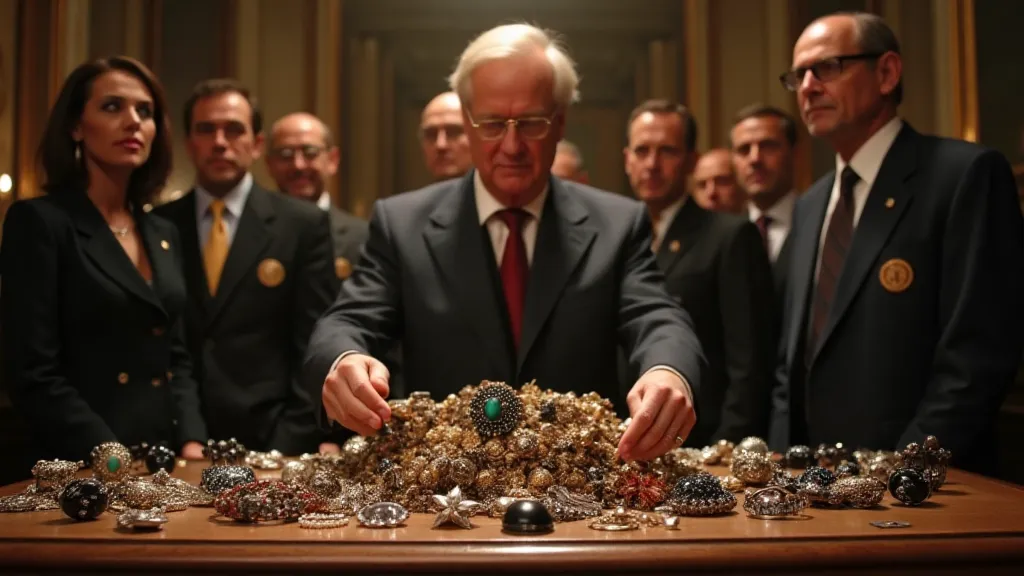
Tips for Identifying and Evaluating Hat Pins
Regardless of where you search, it’s essential to know how to identify and evaluate antique hat pins. For some collectors, the somber elegance of mourning hat pins, often crafted from jet or black glass, holds a particular fascination. Delving into the symbolism and history surrounding these pieces can deepen your appreciation – explore The Significance of Mourning Hat Pins: Jet and Black Glass for a more detailed look.
- Materials: Common materials include silver, gold, enamel, glass, and various gemstones.
- Marks: Look for hallmarks that indicate the maker and metal content.
- Design and Style: Research the different design periods (Victorian, Edwardian, Art Deco) to understand the characteristics of each era. Resources like a Beginner's Guide to Identifying Antique Hat Pins can be incredibly useful for learning about these different styles and distinguishing between them.
- Condition: Factor in the condition when determining value. Minor wear and tear is expected, but significant damage will lower the price.
- Rarity: Unusual designs, intricate craftsmanship, and limited production runs can increase the value.
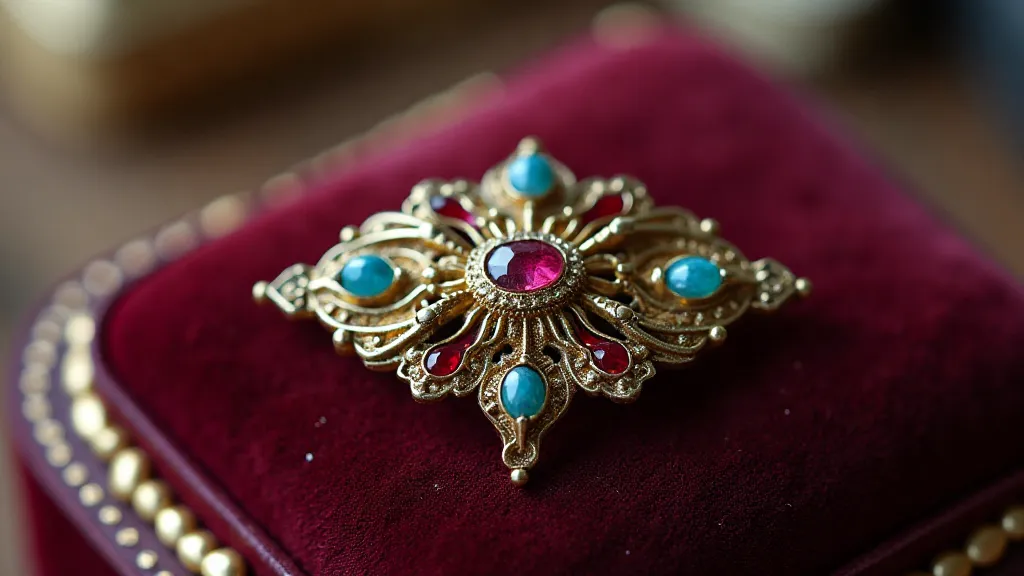
The value of antique hat pins isn't solely determined by their material composition or intricate detailing; it's also intertwined with the stories and history they embody. Understanding the nuances of different design periods allows you to better appreciate the artistry and craftsmanship involved. For example, Victorian hat pins often feature motifs of flowers, birds, and insects, reflecting the era’s fascination with naturalism. Edwardian hat pins, on the other hand, are characterized by their delicate and ornate designs, often incorporating pearls and gemstones. The Art Deco period brought a more geometric and stylized aesthetic to hat pin design, embracing bold lines and unconventional materials.
Beyond the broad strokes of design periods, paying attention to the specific materials used can also provide valuable insights. Silver hat pins, for example, were a more accessible option for the average consumer, while those crafted from gold or platinum were reserved for the wealthy elite. Enamel work, a common decorative technique, adds a vibrant touch and often requires a high level of skill. The presence of gemstones, such as diamonds, rubies, or sapphires, significantly increases the value of a hat pin.
Furthermore, the presence of hallmarks or maker's marks can be a crucial factor in determining authenticity and value. These marks provide information about the manufacturer, metal content, and sometimes even the date of production. Researching known hallmarks and maker’s marks can help you identify the origin and potential value of your hat pins. Numerous online resources and reference books are available to assist with this process.
When inspecting a hat pin, it's essential to consider its condition carefully. While some wear and tear are to be expected with antiques, significant damage, such as broken stems, missing embellishments, or loose parts, can substantially reduce its value. It’s also important to check for signs of repair or restoration, as these can impact the overall assessment.
The rarity of a hat pin is another key factor that drives its value. Unusual designs, intricate craftsmanship, and limited production runs are all indicators of rarity. Hat pins featuring unique or innovative designs that were not widely produced are particularly sought after by collectors. The combination of artistic merit, historical significance, and overall condition ultimately determines the final value of an antique hat pin. Building a collection of these beautiful and intricate accessories can be a rewarding and enjoyable experience, offering a glimpse into a bygone era of elegance and refinement.
To further enhance your knowledge and appreciation, consider joining a collector's club or attending antique shows and auctions. These events provide opportunities to connect with other enthusiasts, learn from experts, and discover new treasures.
With patience, persistence, and a little bit of luck, you can build a beautiful and rewarding collection of antique hat pins.
